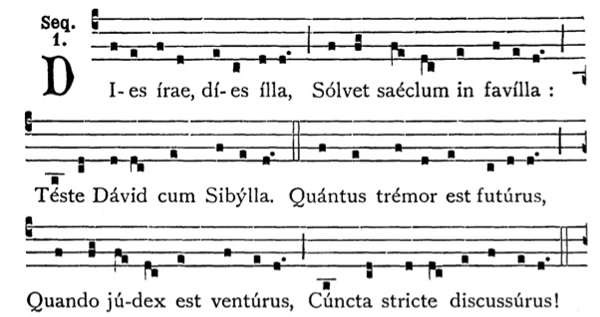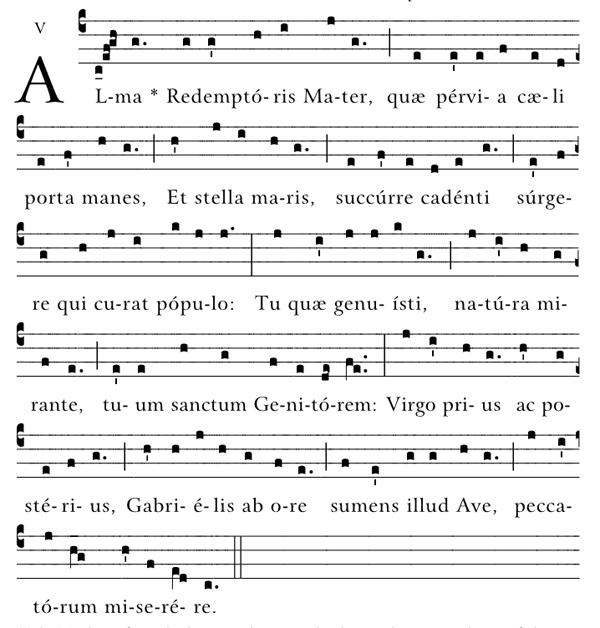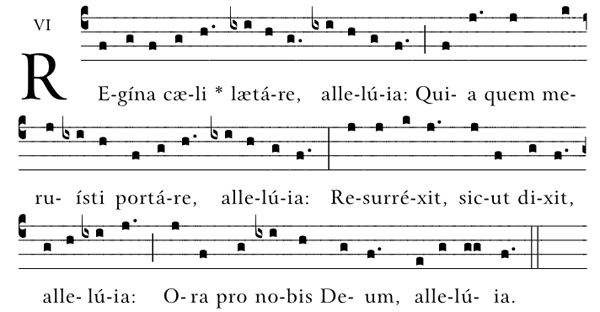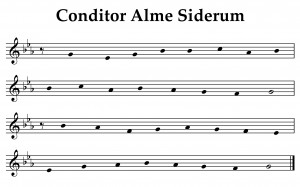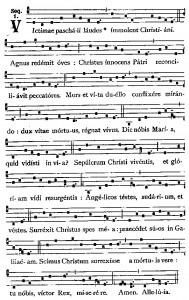The tune ‘Veni, Veni Emmanuel’ was adapted by Thomas Helmore from a fifteenth century French Franciscan Processional. He first published it in The Hymnal Noted in 1854 with a translation by John Neale of the Latin hymn ‘Veni Emmanuel’. The text is a paraphrase of the O Antiphons sung at vespers during the seven days immediately before Christmas.
See a list of other hymn and chorale themes here.
Videos:
Timothy Howard – Postlude on ‘Veni Emmanuel’ – Pasadena Presbyterian Church
János Pálúr – Improvisation on ‘Veni Emmanuel’ – Óbuda Reformed Church


